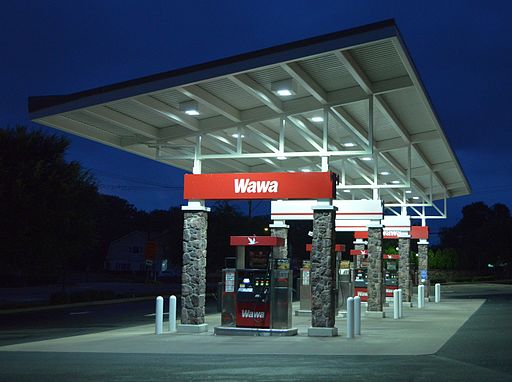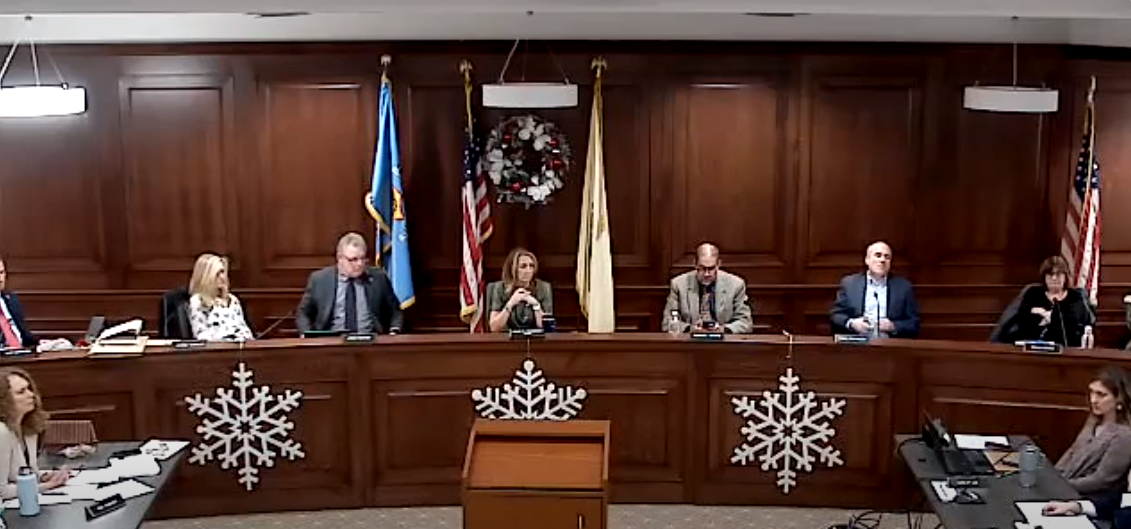There’s a Lot of Talk Around Trees in BH
The problem
In Berkeley Heights total tree coverage has been observed as declining since 1984 (per the Urban Ecosystem Analysis). Urban development, coupled with an outdated tree ordinance has made it difficult to keep our tree canopy consistent. The Emerald Ash Borer hasn’t helped. Mature tree removal without replacement hasn’t helped. Though we will likely not lose all trees, we do suffer rather severe consequences with the decline. The subtlety of the consequences make it difficult to develop effective tools to mitigate the tree loss.
First, we must acknowledge the benefits of trees. Some of the most important being that they absorb significant amounts of groundwater and clean the air and soil. A mature tree can lift, clean and convert to O2, approximately 11,000 gallons of water per season. It roughly translates to 100 gallons of groundwater lifted per day. Tree loss through urban development stresses the soils ability to remove water when it’s saturated. This exacerbates flooding.
To address the issues, updating the 1976 tree ordinance was top of the Environmental Commission agenda. Current proposed changes are listed at the end of this article.
Tools to Manage the Issue
First, when designing laws affecting land ownership, we begin discussing land rights as they relate to community needs. There is no clean cut guiding principle that defines where land ownership rights begin to yield to the needs of the community as a whole. Zoning, permits and building codes are all born of the need to protect the community, abide by an accepted community standard or to address a community issue. Ordinances shift priority from land ownership to community needs. When looking at an ordinance, I try to balance both. It is necessary to balance them and not forgo one for the other. Particularity based on one’s own bias.
In achieving the balance, I generally accept that the first tool that can be explored is an education campaign: a township administered program that effectively conveys a set of messages to the community. Such as how important trees are. Illustrating how protecting tree canopy will help reduce flooding. Improve air quality. How they improve health. And also show how to manage trees (and their seemingly endless leaves) in a cost effective way for the owner.
A successful education campaign would provide for residents to make informed decisions thus voluntarily supporting a community need.
We as residents then can decide, for instance, on how to replace lost trees or to pay to have a tree placed elsewhere via a trust fund. This is currently the system we have but it’s largely unused and underfunded because, I believe, permit applications are not sought for the majority of tree removals. And there’s reason for this. On that later.
A continuous education campaign is exactly what we do with stormwater. For the state to renew the townships annual permit allowing stormwater -and anything in it- to drain to federally protected waters, we are required to provide education materials that show which pollutants are not to be left to flow to storm drains. Things like nitrogen-based fertilizers, automobile oils, plastic, etc. (Want to know where algae blooms might come from?)
So then, voluntary compliance should be the first goal in designing any ordinance. Residents should want to comply without much interference from the Township.
I suggest that an education campaign be required by ordinance therefore putting some onus on the township.
To further increase voluntary compliance the process should be easy and fees should be reasonable. After all, 100% compliance should be the goal and there are many hurdles to that: unreasonable fees, difficult processes, incorrect information or poorly written permits to name a few.
The permit process itself is one of the most valuable tools we have but without the compliance, tree replacement does not happen.
The draft ordinance calls to bring Berkeley Heights permits fees to match neighboring fees but I’ve been vocal in suggesting we keep fees low and to supplement the Tree Trust Fund in other ways.
Further, The EC and our tree inspector are flying blind: they can’t determine when and where trees are removed, why certain trees are dying and other important trends leaving the commission devoid of any information it can use to address issues.
Lastly, the township needs to cooperate with contractors to make fees and replacement options clear on their quotes so residents know their options.
The continued loss of one of our most valuable resources is a rather serious environmental and health problem. But we must thoughtfully leverage the tools we have to maximize compliance. The ordinance needs to provide for effective education (for both residents and contractors), be an easy and cheap process and allow the inspector to play a supportive role for residents to be the solution to our declining native tree habitat.
These are my opinions and they do not represent the Berkeley Heights Environmental Commission. If you have input please email me.
John Leo
More information
Community Forestry Management Plan 2018-2023
Ways to make Sustainable Landscaping
The changes under consideration as of September 28th, 2022:
- Reduces size of tree requiring permit and replacement from 8” to 6” DBH ( Diameter at Breast Height)
- Adds requirement that every structurally sound tree equal of a predetermined size must be replaced within six months on the same site.
- Modification allows removal of up to 10% of trees on lot without replacement
- Requires a permit for removal of any tree even if exempt (e.g. dead) but only applies fees to non-exempt trees
- Adds new definitions including definitions of “Destruction”, “Excessive”, “Indiscriminate” and of various types of trees
- Adds a replacement table for flowering trees and evergreens and provides credits for replacement with larger sized trees
- Directs Permit applications to online application (to facilitate record keeping)
- Increases fee for permit to $15 (from $10) and applies that to first tree (from the previous first 3)
- Increases fee to $75 (from $50) for each additional tree
- Increase payment to Tree Fund (in lieu of tree replacement) to $400 (from $200)
- Adds specification that one-third of fees paid for permits will go to Township General fund
- Clarifies the appeals process
- Updates and clarifies tree replacement “schedule”
- Defines and clarifies purpose of Tree Trust Fund
- Adds annual report to BHEC and Township Council on progress made toward intent and purpose of ordinance with recommendations to correct course




One thought on “Trees AND THE TOOLS TO SAVE THEM”